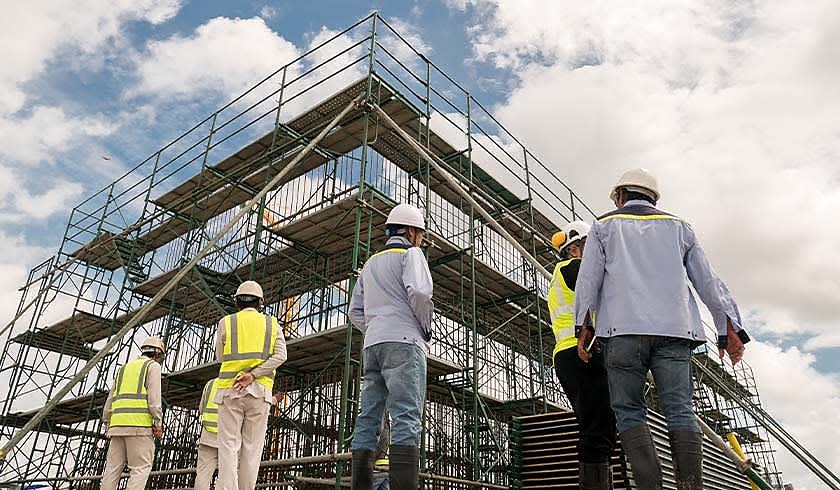Skilled labour a significant barrier to 1.2m new homes
A new report has detailed the adverse effects brought on by a lack of skilled trade workers and the reform necessary for the government to rectify this issue.

The Housing Industry Association (HIA) Trades Report provides a quarterly review of the availability of skilled trades and the demand pressures on trades within the residential building industry.
To continue reading the rest of this article, please log in.
Create free account to get unlimited news articles and more!
The report found Australia’s “acute shortage of skilled trades” has persisted, even as building activity has slowed.
The HIA Trades Availability Index was stated to be at -0.58 in the first quarter of 2024, down from -0.64 at the end of 2023.
HIA’s senior economist, Tom Devitt, remarked that while this is the least acute shortage of skilled trades across Australia in almost three years, it does coincide with the slowing of building activity.
Devitt described this development as a “welcome improvement” but still noted that this year’s findings are “among the most acute shortages of skilled tradespeople in Australia since HIA first published this report in 2003”.
In addition to home building pipelines already being diminished by the Reserve Bank of Australia’s rate hikes, Devitt stated public infrastructure projects, mining and other such non-residential projects have succeeded in absorbing a large portion of the existing skilled trades workers.
“As a consequence, improvement in trades availability stalled for much of last year and the prices of these trades are continuing to rise much faster than usual,” said Devitt.
“Trades prices increased by 6.2 per cent in the 12 months to March 2024 compared to an annual average rate of just 2 per cent before the pandemic.”
The economist stated that increasing the pool of skilled labour would be integral to Australia being able to successfully build 1.2 million homes over the next five years, highlighting two key policy actions that would be required of the government:
Incentivising and assisting employers that train apprentices
Financial incentives were described by Devitt as proving “invaluable to helping the construction industry to access more workers” alongside “opening up opportunities for those who seek a diverse and rewarding career in construction”.
Allowing business industry to access skilled labour from overseas
While Devitt acknowledged present efforts of the Australian government to streamline visas for in-demand jobs, he still spoke of these initiatives as overlooking a number of trades crucial to the home building industry not recognised on the government’s Skills Priority List.
“There is uncertainty around the possible exclusion of important home building trades, including bricklayers, carpenters, ceramic tilers, plasterers, joiners, concreters, roofers, painters, landscapers and plumbers.”
Devitt said implementing such reform would be beneficial in enabling the building industry to both “respond to the boom-and-bust cycles caused by government policy settings”, and further ease the acute shortage of housing by ensuring sufficient labour is present at times when building activity increases.

